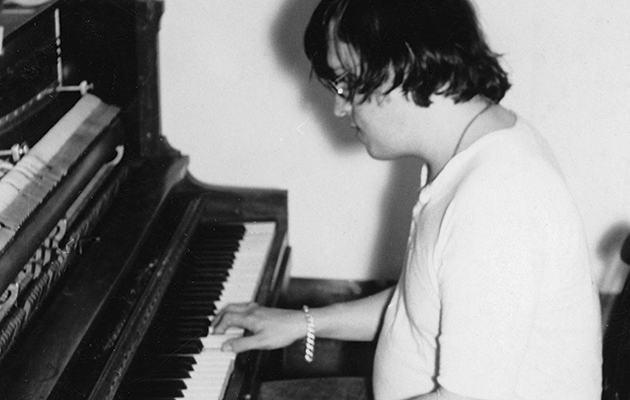The late James Luther Dickinson was one of American music’s most elusive, intriguing musicians and producers. Part of the unpredictable Beale Street crowd from Memphis, Tennessee, his résumé reads like a free-styling, improvised narrative of American country, blues, folk, soul and rock. A limber, flexible player, he’s on Aretha Franklin’s Spirit In The Dark, The Flamin’ Groovies’ Teenage Head, and great sets from Jerry Jeff Walker and Ronnie Hawkins, among others: he also played piano for The Rolling Stones, on “Wild Horses”. Later in his career, Dickinson was a benign presence on albums by Bob Dylan, Tav Falco, Meat Puppets, Mudhoney, Primal Scream and Spiritualized.
His production legend, however, rests on Big Star’s dissolute classic, Third/Sister Lovers. Listening to Dickinson’s first solo album, Dixie Fried, recorded a couple of years before the Big Star set, you can start to hear how things ended up the way they did: while Dixie Fried is more coherent, there are still some seriously odd things going on. Like his eventual collaborator Alex Chilton, Dickinson takes liberties with songs, pulling them apart like taffy while scrawling graffiti over the musical backbone provided by a motley crew of players, including Mac Rebennack (aka Dr John), Memphis legend Sid Selvidge, and members of Dickinson’s session group, The Dixie Flyers.
Dickinson’s version of Dylan’s protest song, “John Brown”, is a good example: low-slung and sprawling, his bolshy, colloquial vocal ties itself in knots over a rhythm section playing through fug and mud, the sax and slide tangling together as Terry Manning’s Moog dials in electronics seemingly from an entirely other recording session. Songs like this, the warped blues clatter of “O How She Dances” and the drunken, see-sawing bluff of “Casey Jones (On The Road Again)” are the heart of Dixie Fried, balanced as they are by more immediately straightforward performances, like the bawdy roar of the opening “Wine”, or the gospelised holler of the title cut, written by Carl Perkins.
Throughout, Dickinson’s deeply invested in animating revenants, but something always goes awry as the past creeps up to mug the present: Dixie Fried is an album full of mutant ghosts. There’s some kind of manic juju in the air through this set of songs – it’s hard to put your finger on it exactly, but it has the same reckless, careening energy of later, more sainted Dickinson productions like Chilton’s 1979 solo set, Like Flies On Sherbert. Unlike the proto-punk deconstruction of rock that took place on Chilton’s solo masterpiece, though, with Dixie Fried, Dickinson’s extending the form by mangling it, lovingly, confusingly, with good times in mind.
EXTRAS 8/10: Seven bonus tracks, including the staggering psychedelic storm that is “Old Time Used To Be (Christmas Tree)”, plus great liners from Alec Palao.



